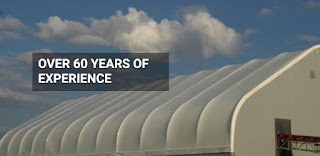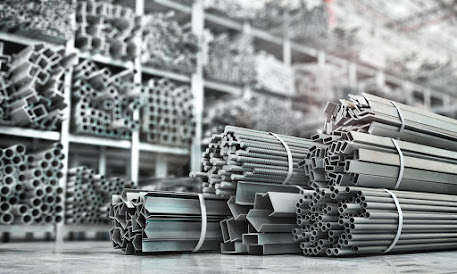4 Keys To Build A Safe Fabric Structure
Fabric structures services in USA offer several benefits. It includes lower building costs, flexibility, speed of construction and more sustainable designs. However, these benefits mean little or no if the structure itself isn't safe and stable. With proper design, planning and maintenance, a fabric structure is going to be even as safe as a standard building—all while outperforming it in terms of initial and ongoing costs.
We've built an inventory of critical considerations when building a fabric structure to stop structural failures that endanger life and cause property damage. Many things can cause structural failure. It is often not an exhaustive list, but some best practices when designing, building and maintaining fabric structures.
1. Strong Foundation
Fabric buildings are dynamic and may successfully use various foundations, but this part of construction shouldn't be overlooked. If your fabric structure is going to be up for months, years or maybe decades, it'll require a correct foundation for the soil and terrain. Again, follow the manufacturer's specifications. The inspiration is vital because it supports the remainder of the building—skimping here compromises the entire structure.
2. Don't Take Shortcuts
Designs that appear too good to be true in terms of cost and simple installation probably are. If the structure probably faces challenging weather, saving money up front could prove very costly in failure. Try to use reputable suppliers with proven track records designing effective structures for similar applications and regions.
3. Remember the material
Too often, the material is that the last consideration on a fabric structure. People assume that various options all do an equivalent thing and don't carefully consider the different options. Some factors to think about include:
Tensile strength: Use a product that gives the simplest tensile and seam strength altogether environments.
Cleanability: Dirt and dirt are unsightly, but they damage the underlying fabric and may even cause mildew growth that further damages the structure. Instead, use a very self-cleaning product that retains its fundamental properties throughout the lifetime of the structure.
UV resistance: UV rays damage fabric roofs. So, choose a product with long-term performance in terms of UV resistance and color stability.
Flammability: Fire may be a hazardous structural failure. Some fabrics are inherently flame resistant; others need proper formulations of the coating compounds to supply permanent fire resistance. Safer materials provide peace of mind.
4. Ongoing Maintenance
Like any other building, an architectural fabric structure requires some maintenance and periodic inspections. While easy to take care of and structurally sound, fabric structures may need repairs, cleaning or other upgrades. So regularly inspect and repair your structure to make sure it provides years of reliable and safe service.




Comments
Post a Comment